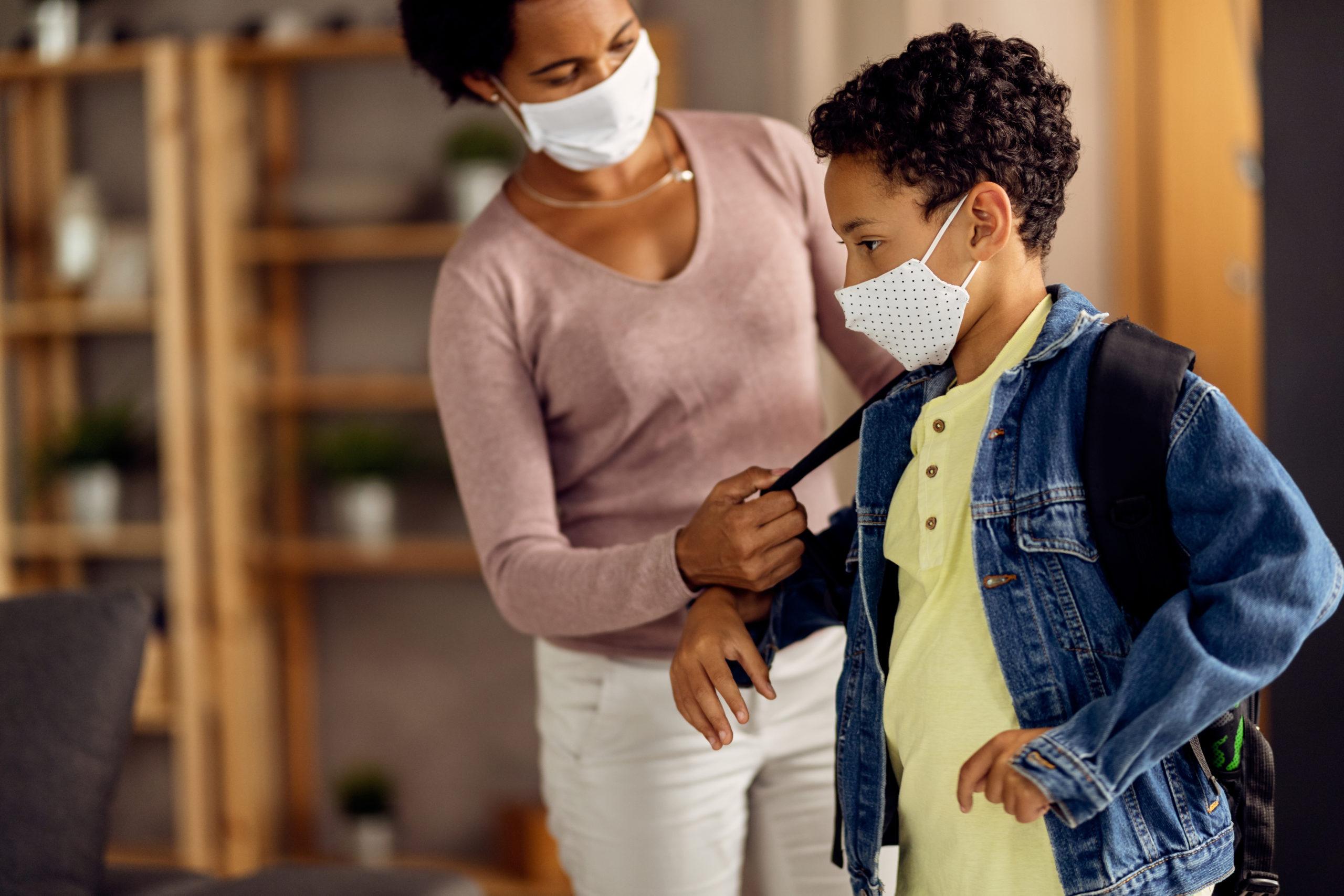Resources




Leveraging the Biology of Adversity and Resilience to Transform Pediatric Practice
Learn More
Reducing the effects of significant adversity on children’s healthy development is essential to the progress and prosperity of any society. Science tells us that some children develop resilience, or the ability to overcome serious hardship, while others do not. Understanding why some children do well despite adverse early experiences is crucial because it can inform more effective policies and programs that help more children reach their full potential.
One way to understand the development of resilience is to visualize a balance scale or seesaw. Protective experiences and coping skills on one side counterbalance significant adversity on the other. Resilience is evident when a child’s health and development tips toward positive outcomes — even when a heavy load of factors is stacked on the negative outcome side.
 Over time, the cumulative impact of positive life experiences and coping skills can shift the fulcrum’s position, making it easier to achieve positive outcomes.
The single most common factor for children who develop resilience is at least one stable and committed relationship with a supportive parent, caregiver, or other adult. These relationships provide the personalized responsiveness, scaffolding, and protection that buffer children from developmental disruption. They also build key capacities—such as the ability to plan, monitor, and regulate behavior—that enable children to respond adaptively to adversity and thrive. This combination of supportive relationships, adaptive skill-building, and positive experiences is the foundation of resilience.
Children who do well in the face of serious hardship typically have a biological resistance to adversity and strong relationships with the important adults in their family and community. Resilience is the result of a combination of protective factors. Neither individual characteristics nor social environments alone are likely to ensure positive outcomes for children who experience prolonged periods of toxic stress. It is the interaction between biology and environment that builds a child’s ability to cope with adversity and overcome threats to healthy development.
Research has identified a common set of factors that predispose children to positive outcomes in the face of significant adversity. Individuals who demonstrate resilience in response to one form of adversity may not necessarily do so in response to another. Yet when these positive influences are operating effectively, they “stack the scale” with positive weight and optimize resilience across multiple contexts. These counterbalancing factors include:
Over time, the cumulative impact of positive life experiences and coping skills can shift the fulcrum’s position, making it easier to achieve positive outcomes.
The single most common factor for children who develop resilience is at least one stable and committed relationship with a supportive parent, caregiver, or other adult. These relationships provide the personalized responsiveness, scaffolding, and protection that buffer children from developmental disruption. They also build key capacities—such as the ability to plan, monitor, and regulate behavior—that enable children to respond adaptively to adversity and thrive. This combination of supportive relationships, adaptive skill-building, and positive experiences is the foundation of resilience.
Children who do well in the face of serious hardship typically have a biological resistance to adversity and strong relationships with the important adults in their family and community. Resilience is the result of a combination of protective factors. Neither individual characteristics nor social environments alone are likely to ensure positive outcomes for children who experience prolonged periods of toxic stress. It is the interaction between biology and environment that builds a child’s ability to cope with adversity and overcome threats to healthy development.
Research has identified a common set of factors that predispose children to positive outcomes in the face of significant adversity. Individuals who demonstrate resilience in response to one form of adversity may not necessarily do so in response to another. Yet when these positive influences are operating effectively, they “stack the scale” with positive weight and optimize resilience across multiple contexts. These counterbalancing factors include:




